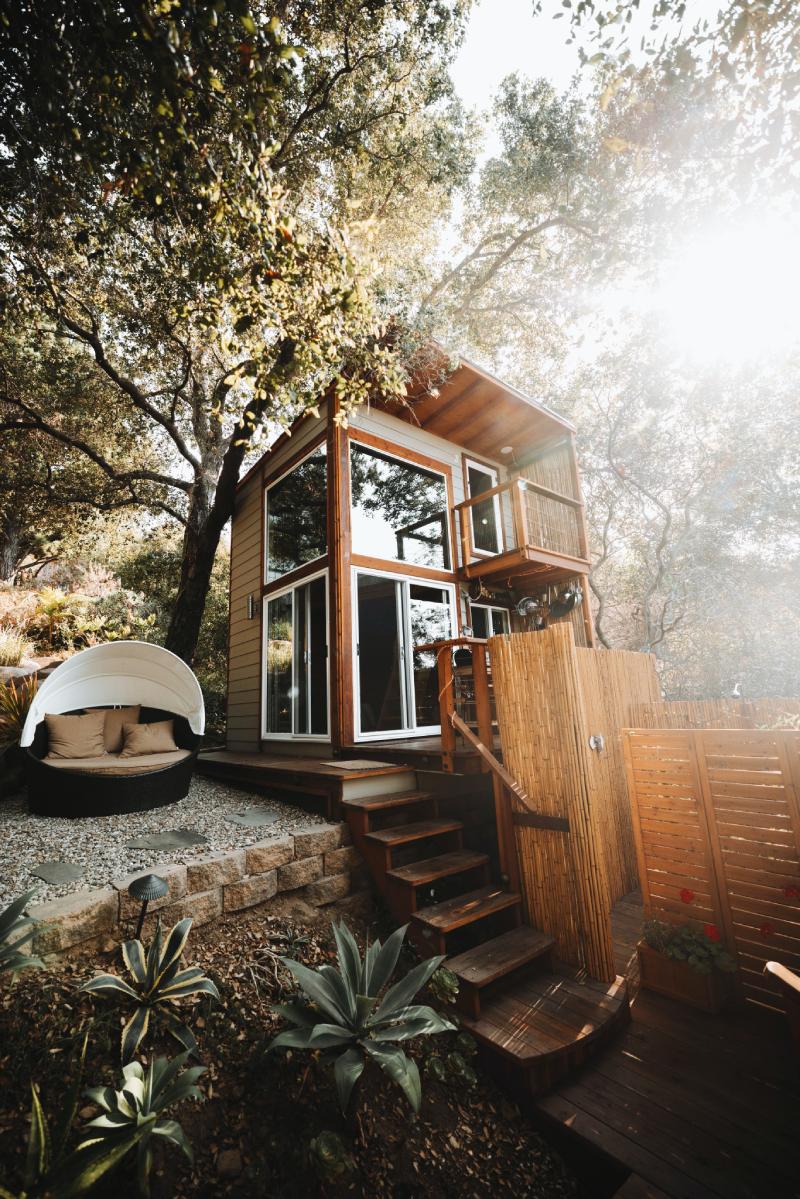Introduction
Welcome to a world where smaller is better, and less is indeed more. This is the world of tiny houses, a trend that’s capturing imaginations and transforming lifestyles around the globe.
Brief Definition of Tiny Houses
What qualifies a house as ‘tiny’? Tiny houses, by most definitions, are dwellings of modest proportions—typically measuring 400 square feet or less. They are part of an architectural and social movement that advocates living simply and sustainably in small homes. Tiny houses come in a variety of shapes, sizes, and forms, but they all enable simpler living in a smaller, more efficient space.
Global Trends in Tiny House Living
The tiny house movement is not just a fad—it’s a global trend that’s gaining traction. With housing costs on the rise and a growing recognition of the environmental impact of traditional homes, more and more people are turning to tiny house living. From the USA to Australia, Japan to South Africa, tiny homes are popping up everywhere, each one a testament to the power of downsizing.
Aim of the Article
In this article, we’ll delve deeper into the fascinating world of tiny houses. We’ll explore the environmental, economic, and lifestyle benefits of tiny house living. We’ll discuss the challenges and potential solutions for those contemplating a move to a tiny house. And we’ll share inspiring stories of people who’ve embraced the tiny house lifestyle. Whether you’re just curious about tiny houses or considering making the switch, we hope this article will provide valuable insights and inspire thoughtful conversations.
Join us on this journey to explore how tiny houses are offering a sustainable, affordable, and innovative solution to housing challenges, and how they might just change the way we think about homes, communities, and our relationship with the planet.
Understanding the Tiny House Movement
Welcome to the world of tiny house living—a movement that champions minimalism, sustainability, and innovation. It’s more than just downsizing your living space; it’s about rethinking the way we live and our impact on the environment.
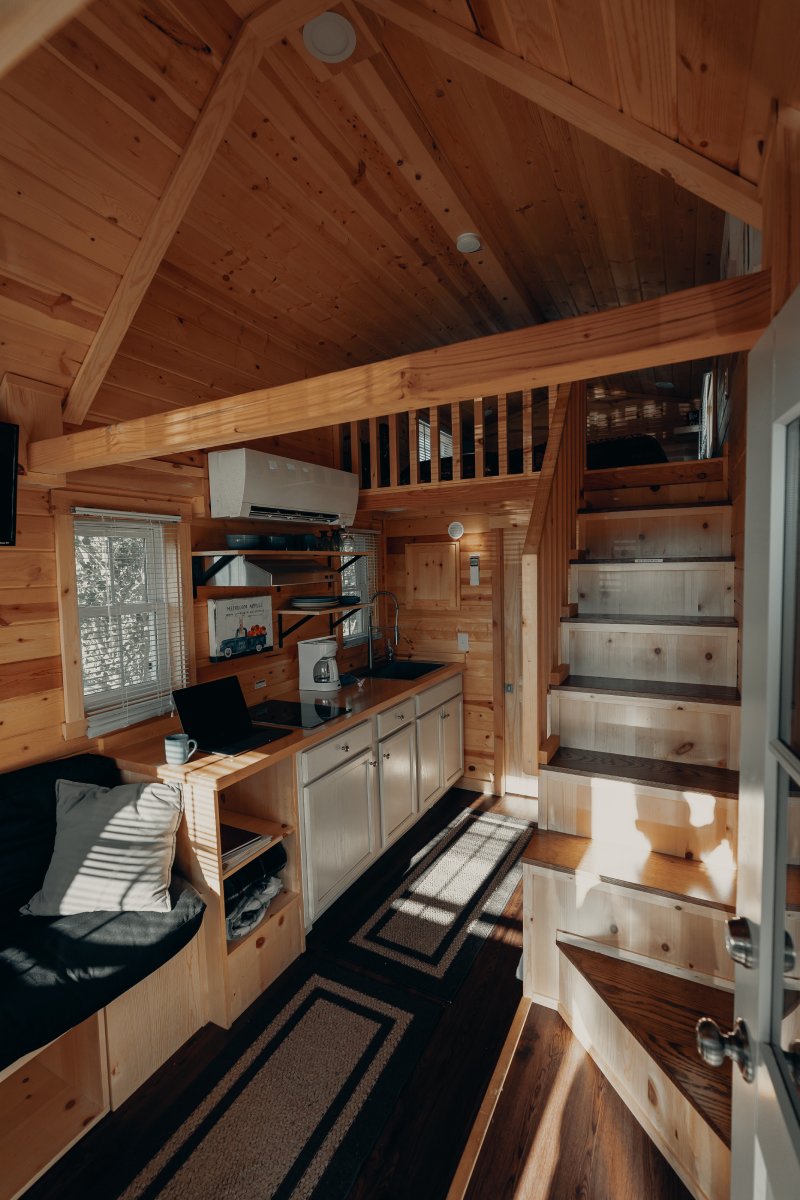
Origins and Growth of the Movement
The tiny house movement traces its roots to the late 20th century, although the idea of living simply in small spaces goes back much further. Originally a response to rising house prices and a growing environmental consciousness, the movement has since blossomed into a global phenomenon. What started as a niche alternative to traditional housing options has become an influential trend, prompting a reevaluation of living spaces, material possessions, and personal values.
Philosophical Underpinnings: Simplicity and Sustainability
At its heart, the tiny house movement espouses simplicity and sustainability. It encourages us to reconsider what we really need to live comfortably and contentedly. By consciously choosing to live in a smaller space, tiny house dwellers often find they can focus more on experiences, relationships, and hobbies, rather than on accumulating material possessions.
Sustainability is another fundamental principle of the movement. Tiny houses, due to their reduced size, naturally have a smaller carbon footprint compared to traditional houses. Many tiny homes are also designed with eco-friendly features like solar panels, composting toilets, and rainwater collection systems, further decreasing their environmental impact.
Different Types of Tiny Houses
There’s no one-size-fits-all when it comes to tiny houses. They come in various types to cater to diverse lifestyles and preferences.
Traditional Tiny Houses are often built on trailers, allowing for mobility. They typically feature all the amenities of a regular house—just on a smaller scale.
Shipping Container Homes are an innovative and sustainable approach to tiny living, repurposing old shipping containers into comfortable living spaces.
Van and Bus Conversions, popular among digital nomads and adventure seekers, transform vehicles into fully-functional tiny homes on wheels.
Micro-Apartments cater to urban dwellers, offering compact and efficient housing solutions in densely populated cities.
Regardless of the type, these diverse tiny houses all share a common vision: simplifying life and promoting a more sustainable way of living. Join us as we further delve into this inspiring movement and what it could mean for our shared future.
Environmental Benefits of Tiny Houses
When we speak of tiny houses, we often laud their financial and lifestyle benefits. However, their environmental advantages are equally compelling. They offer a pathway to more sustainable living, minimizing waste, and conserving resources. Let’s delve into the ecological perks of choosing a tiny house as your dwelling.

Reduced Material Use and Waste
One of the primary environmental benefits of tiny houses is the substantial reduction in material use. The smaller your home, the fewer materials you need to build it. This means less deforestation and mining to extract raw materials, less energy spent on manufacturing and transporting building materials, and ultimately, less waste generated from construction.
In addition, tiny house dwellers usually adopt a minimalist lifestyle, which involves buying less, repurposing more, and generally generating less waste. Not only does this reduced consumerism lessen demand for resource-intensive products, but it also diminishes the waste that ends up in landfills.
Lower Energy Consumption
Tiny houses consume significantly less energy than traditional homes. With less space to heat or cool, the energy required for maintaining comfortable indoor temperatures is dramatically reduced. This results in lower utility bills and, importantly, less greenhouse gas emissions.
Many tiny house owners also take advantage of energy-efficient appliances and insulation methods to further reduce their energy use. For instance, LED lighting, solar-powered water heaters, and high-quality insulation materials are commonly found in tiny homes.
Opportunities for Off-Grid Living
The tiny house movement has strong ties with the off-grid movement, where people seek to live in a self-sufficient manner without reliance on public utilities. Thanks to their small size and low energy requirements, tiny houses are ideal for incorporating renewable energy systems like solar panels and wind turbines.
Moreover, a lot of tiny houses are designed to manage waste sustainably with composting toilets and greywater recycling systems. They also often feature rainwater collection setups, contributing to water conservation efforts.
The opportunities for off-grid living offered by tiny houses not only promote sustainability but also provide resilience. In areas prone to natural disasters or power outages, being able to operate independently of the grid can be a significant advantage.
Embracing the tiny house lifestyle can have a massive impact on reducing our environmental footprint. It goes beyond just a smaller house—it’s about reevaluating our consumption patterns, rethinking our energy use, and actively choosing a lifestyle that benefits not just us, but the planet as well. Stay with us as we further delve into other aspects of tiny house living in the next sections.
Economic Advantages
Tiny houses are often highlighted for their environmental and lifestyle benefits. However, the economic advantages they present are equally notable and can be a significant motivator for many tiny house dwellers. In this section, we will explore these financial benefits and delve into some of the economic challenges that may arise.

Lower Construction and Maintenance Costs
The smaller the house, the less it costs to build. By opting for a tiny house, one can significantly cut down on construction costs. The cost savings are not just in terms of materials but also labor and time. Building a tiny house generally requires fewer resources, which directly translates into lower costs.
Maintenance costs are also significantly reduced. A smaller space means less wear and tear and, thus, less need for repairs. Plus, the costs for any necessary maintenance are usually lower due to the smaller amount of materials and labor needed.
Financial Freedom and Debt Reduction
Living in a tiny house can greatly contribute to achieving financial freedom. Since construction and maintenance costs are considerably lower, residents often manage to pay off their housing loans faster or even avoid them altogether. This situation can drastically reduce financial stress and provide more freedom to allocate money to other life goals, such as travel, education, or retirement savings.
Moreover, a minimalist lifestyle, which is often linked with tiny house living, discourages unnecessary spending, promoting further savings and aiding debt reduction.
Possible Challenges: Property Prices and Legalities
While the benefits are compelling, it’s important to mention some economic challenges associated with tiny house living. Property prices can be a significant hurdle. Finding affordable land in a desirable location can be difficult. Also, in many places, the price of land may far exceed the cost of the tiny house itself.
Legalities present another potential challenge. Building codes and zoning regulations may not always be favorable to tiny houses, especially if they’re on wheels. These can lead to additional costs, for example, if a special permit is required or if the tiny house needs to be adapted to comply with local regulations.
Despite these challenges, the economic advantages of tiny house living can be substantial. This lifestyle choice provides an avenue to escape the cycle of debt often associated with traditional home ownership, offering a path to financial freedom. However, thorough research and planning are essential to navigate potential hurdles and make the most out of the tiny house movement. Join us in the next section as we further discuss the societal implications and personal benefits of tiny house living.
Spatial Efficiency and Creative Design
When it comes to tiny houses, design ingenuity and spatial efficiency take center stage. In this section, we delve into how to make the most of limited space in a tiny house, the importance of multipurpose features, and the innovative design trends that have been sparked by the tiny house movement.
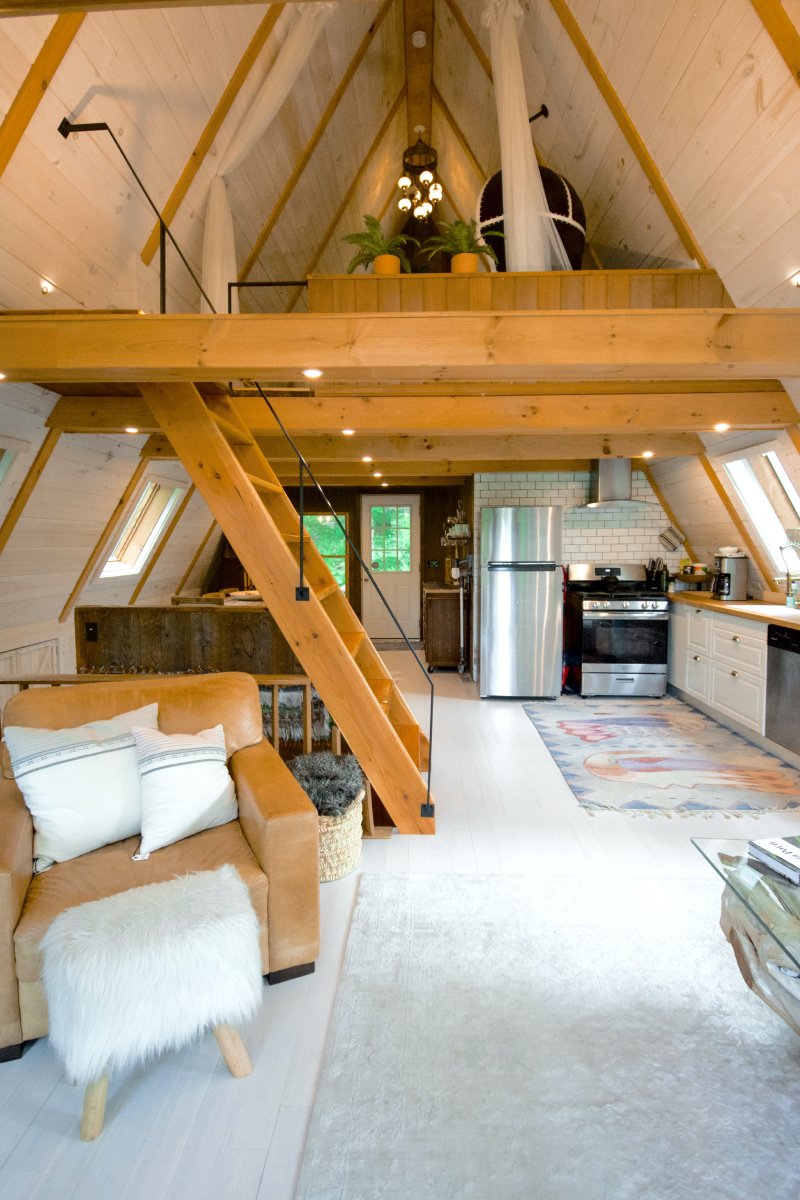
Maximizing Space in a Tiny House
Living in a tiny house requires a strategic approach to space utilization. It’s about creating a functional, comfortable living area within a small footprint. Smart storage solutions are critical, such as built-in cupboards, under-bed storage, and loft spaces. Clever design choices can also help to maximize space, such as using light colors to create the illusion of a larger room and incorporating large windows to invite natural light and connect the interior with the outside.
Multipurpose Furniture and Appliances
To optimize space, furniture and appliances in tiny houses often serve multiple purposes. For example, a bed might convert into a couch or a workspace, and a dining table can transform into additional counter space or storage. It’s not just about making the most of the available space, but also about ensuring that the space can adapt to various needs and uses throughout the day.
Moreover, many tiny houses incorporate compact appliances typically used in RVs or boats, which are designed to perform as well as their full-sized counterparts but in a fraction of the space.
Innovations in Tiny House Design
The tiny house movement has sparked a surge in design innovation as architects, builders, and homeowners push the boundaries of what’s possible in small spaces. Some tiny houses now feature retractable beds, green roofs, fold-out decks, or even movable walls. In addition, there is a growing trend towards sustainable design features, such as solar panels, rainwater collection systems, and composting toilets, which not only reduce environmental impact but can also support off-grid living.
From mobile tiny homes that enable a nomadic lifestyle, to stationary ones built with cutting-edge eco-friendly technologies, the possibilities seem endless. These design advancements are not just benefiting tiny houses but are influencing the wider architecture and design fields, challenging the status quo and encouraging more sustainable, efficient, and creative ways of living.
Whether driven by a desire for financial freedom, environmental sustainability, or simply the appeal of a simpler lifestyle, the tiny house movement is much more than a trend—it’s a testament to human ingenuity and adaptability. Join us in the next section as we explore how tiny houses can contribute to community-building and address some social issues.
Community Aspects of Tiny House Living
Living in a tiny house is not just about physical space; it is also about community. This section will explore the benefits of living within a tiny house community, the advantages of shared facilities and resources, and the increased opportunities for social connectivity and community engagement.
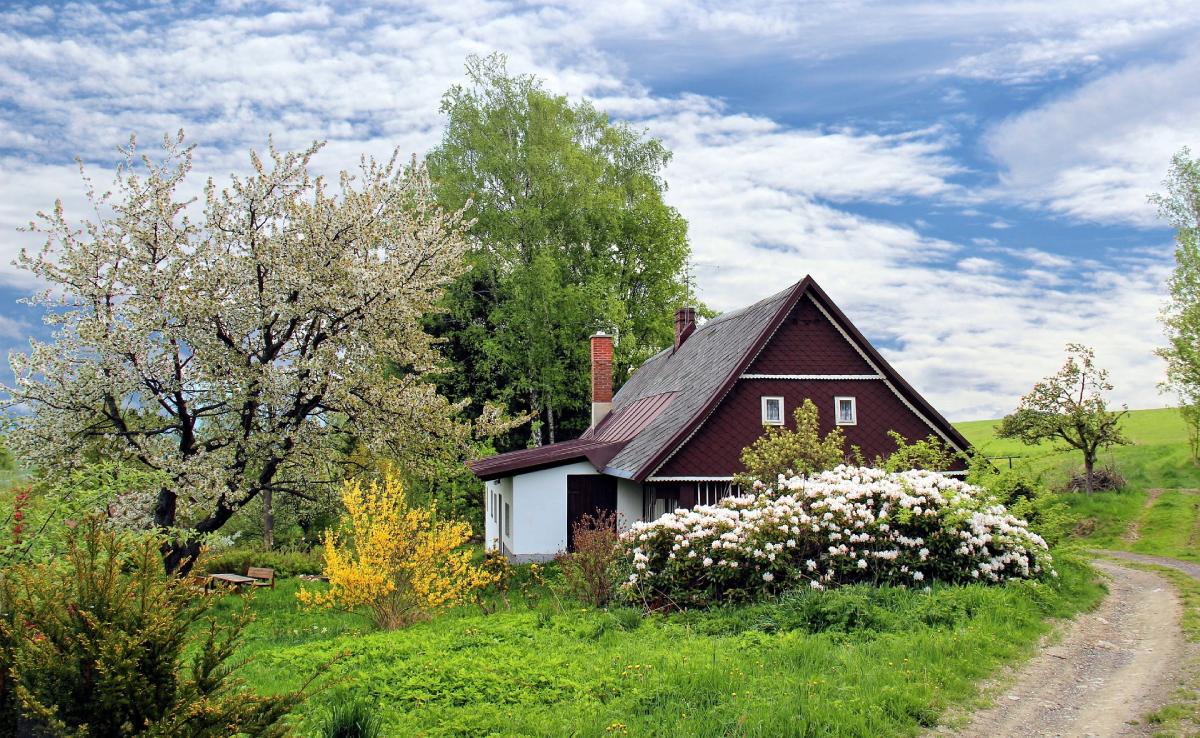
Tiny House Communities and Cohousing
Many tiny house dwellers choose to live in dedicated tiny house communities or cohousing arrangements. These are typically clusters of tiny homes where residents share common spaces, like gardens, playgrounds, and community centers. Cohousing facilitates collaboration and social connection, fostering a strong sense of community among residents.
These communities can be particularly appealing to people who value independence but also crave a close-knit community. They can provide a supportive environment for those transitioning to tiny house living and can be a vibrant and dynamic place to live, with residents actively participating in community decisions and development.
Shared Facilities and Resources
Shared facilities are a significant benefit of tiny house communities. This can include common areas like laundries, kitchens, and social spaces. Sharing resources in this way can dramatically reduce individual consumption, promote sustainability, and foster a culture of mutual aid and cooperation. The shared spaces also offer a chance for residents to connect, socialize, and collaborate on projects.
Furthermore, in some tiny house communities, residents share tools, vehicles, and even childcare, creating a collective approach to living that can make everyday tasks more manageable and life more communal.
Social Connectivity and Community Engagement
The close proximity of tiny houses in a community setting encourages interaction and engagement. Regular social events, shared meals, and collective projects can foster strong relationships and a vibrant community spirit.
Additionally, the shared responsibility for community spaces often results in greater community engagement. Residents may come together to make decisions about shared spaces, plan community events, or collaborate on sustainable living initiatives.
In conclusion, tiny house communities provide an alternative model of living that promotes not only a smaller physical footprint but also a lifestyle that values community engagement, shared resources, and sustainable practices. It’s a lifestyle choice that aligns with a growing desire for more sustainable, connected, and meaningful ways of living. Join us in the next section as we look at the challenges and potential solutions in the tiny house movement.
The Role of Tiny Houses in Addressing Housing Crises
Housing crises are an ever-growing issue in many parts of the world, often resulting from skyrocketing property prices and inadequate supply. In such a challenging landscape, tiny houses present a unique solution. This section will explore how tiny houses can serve as affordable housing solutions, their potential as transitional housing, and some successful case studies.

Affordable Housing Solutions
One of the major advantages of tiny houses is their affordability. Tiny houses require fewer materials to build and are less expensive to maintain than conventional homes, making them a cost-effective housing solution. They also require less land, making them more feasible in urban areas where space is a premium.
Tiny houses can help address the affordability gap in the housing market, providing opportunities for home ownership that would otherwise be out of reach for many people. By simplifying our living spaces, we can create a more inclusive housing market that caters to a wider range of incomes.
Tiny Houses as Transitional Housing
In addition to serving as affordable permanent residences, tiny houses have proven successful as transitional housing, providing temporary homes for individuals and families facing homelessness or displacement. These small homes can offer a stepping stone towards permanent housing, providing a secure place to live while individuals or families work towards longer-term housing solutions.
Tiny houses used in this way often form part of larger programs that also provide social support services, such as employment assistance, health care, and skills training. These programs aim to not only provide immediate shelter but also to address the underlying causes of homelessness.
Case Studies of Successful Implementations
Several cities worldwide have seen successful implementations of tiny houses as a response to housing crises. For instance, the city of Portland in the United States established Dignity Village, a community of tiny homes offering shelter to individuals experiencing homelessness. Residents of the village participate in its management and upkeep, fostering a sense of community and shared responsibility.
Similarly, in Australia, the Tiny Homes Foundation has worked with local councils to develop tiny house projects aimed at addressing homelessness. The organization provides residents with a safe and secure place to live, as well as access to social support services to help them transition to more permanent housing.
In conclusion, tiny houses offer significant potential as an innovative response to housing crises. They provide not just an affordable and sustainable housing solution, but can also foster community spirit, self-sufficiency, and a sense of dignity among residents. In the next section, we will explore some of the challenges faced by the tiny house movement and how they can be overcome.
Potential Challenges and How to Overcome Them
While tiny houses offer many advantages, they also present certain challenges. In this section, we explore these potential obstacles, including zoning and legal issues, lifestyle adjustments, and space and storage limitations. More importantly, we also discuss strategies to overcome these hurdles.

Zoning and Legal Issues
The legal landscape for tiny houses can be tricky to navigate. Zoning laws, building codes, and regulations can vary greatly from one location to another and may not always be friendly towards tiny houses. Issues can arise around minimum size requirements, whether a tiny house can be a primary residence, and where it can be located.
To overcome these challenges, it’s crucial to research and understand the specific regulations in your area. Advocacy and lobbying for changes in local ordinances can help make environments more tiny-house friendly. Connecting with tiny house communities online or locally can also provide valuable insights and resources for navigating these legal complexities.
Lifestyle Adjustments
Living in a tiny house requires significant lifestyle adjustments. Downsizing possessions, living in closer quarters with cohabitants, and the lack of traditional amenities can all take getting used to. For some, these changes can be liberating, while for others, they may pose a challenge.
To transition smoothly, it’s essential to prepare mentally for the change and understand that tiny house living is not just about a smaller space, but about embracing a simpler, more mindful lifestyle. It may help to start by gradually reducing possessions and identifying what is truly necessary for happiness and contentment.
Space and Storage Limitations
One of the most apparent challenges of tiny house living is the limited space and storage. However, creative design solutions can help overcome these limitations.
For instance, multipurpose furniture (like a bed with storage underneath or a bench that converts into a dining table) can help maximize space usage. Vertical space can be exploited with loft beds, high shelves, and hanging storage. Furthermore, adopting a minimalist mindset and curbing the impulse to accumulate stuff can go a long way towards managing in a small space.
In conclusion, while the challenges to tiny house living are real, they are not insurmountable. With careful planning, creative thinking, and a willingness to embrace a simpler lifestyle, these hurdles can be overcome, and the benefits of a sustainable, affordable, and intimate way of living can be realized. In the next section, we’ll offer practical advice on how to start your journey into tiny house living.
How to Transition to a Tiny House Lifestyle
Embarking on a journey towards a tiny house lifestyle can seem daunting, but with proper planning and preparation, it’s an achievable dream. This section outlines practical steps for transitioning into a tiny house lifestyle, including planning and designing your tiny house, minimizing your possessions, and building a supportive community.

Planning and Designing Your Tiny House
The first step towards a tiny house lifestyle is planning and designing your tiny house. A well-thought-out design will make your small space functional, comfortable, and uniquely yours. Start by understanding your needs and lifestyle. How much space do you need? What features are essential to you? A loft bed? A full kitchen? Office space?
Once you’ve identified your needs, you can start sketching out designs. Using graph paper or 3D modeling software can help you visualize your space. While designing, remember to make the most out of every square inch. Multi-purpose furniture, storage solutions, and smart spatial layouts can go a long way in maximizing comfort in a tiny house.
Minimizing Your Possessions
Transitioning to a tiny house lifestyle involves more than just moving into a smaller home; it often requires adopting a minimalist mindset and letting go of many possessions. Start by assessing your belongings and identifying what you really need. Sell, donate, or recycle items you no longer use or love. This process might seem challenging, but it can also be liberating and empowering. Embrace the idea that less truly can be more.
Building Community and Finding Support
Embarking on a tiny house journey doesn’t have to be a solitary experience. Many resources are available to help guide you, including books, blogs, online communities, and tiny house festivals. Don’t hesitate to seek out advice, share your experiences, and connect with others who are also on the tiny house journey.
Additionally, living in a tiny house community or cohousing situation can provide mutual support, shared resources, and a sense of belonging. Such communities often espouse shared values of simplicity, sustainability, and community engagement, making them an excellent resource for anyone transitioning to a tiny house lifestyle.
In essence, transitioning to a tiny house lifestyle is a journey of intentional living. It’s about embracing simplicity, reducing waste, and focusing on what truly matters. It might not always be easy, but the rewards of financial freedom, sustainability, and a close-knit community make it a worthwhile endeavor. In the next section, we’ll wrap up our exploration of tiny houses and their role in creating a sustainable future.
Conclusion
As we wrap up this exploration of tiny houses, it’s clear that this growing movement offers a promising avenue towards a more sustainable, equitable, and fulfilling lifestyle. Tiny houses represent more than just smaller spaces to live; they embody a paradigm shift in how we think about housing, consumption, community, and our relationship with the environment.
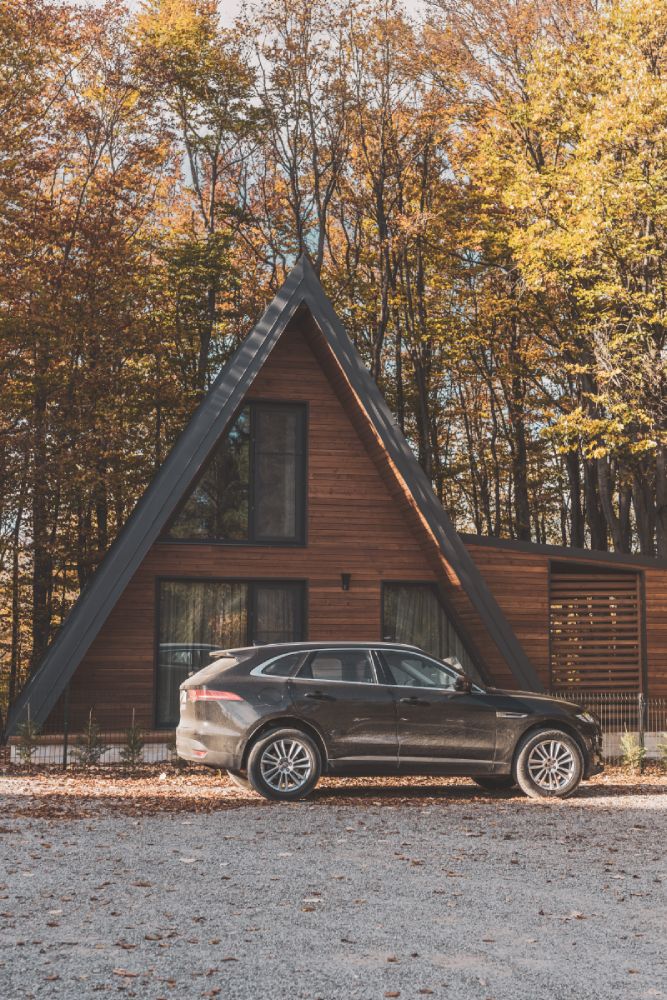
Recap of the Benefits of Tiny House Living
The benefits of tiny house living are numerous and varied. From a practical standpoint, tiny houses use fewer materials and consume less energy, making them a significantly more sustainable housing option. Financially, they offer lower construction and maintenance costs, enabling a pathway towards financial freedom and less debt.
Creatively, tiny houses challenge us to think differently about space and design. Their spatial limitations inspire innovative designs, multifunctional furniture, and creative storage solutions.
In terms of community, tiny houses often foster a greater sense of connectedness. Whether through co-housing, shared facilities, or simply the intentional choice to live with less, tiny house residents often report a stronger sense of community.
The Future of the Tiny House Movement
The tiny house movement is more than just a passing trend. As issues such as housing affordability, environmental sustainability, and personal well-being continue to resonate, it’s likely that interest in tiny houses will only grow.
To fully realize their potential, however, it’s crucial to address current challenges. This includes tackling zoning and legal issues, providing more resources for prospective tiny house dwellers, and continuing to innovate in design and construction.
Encouraging Readers to Consider This Sustainable Lifestyle
If you’re yearning for a simpler, more sustainable lifestyle, the tiny house movement could be for you. By opting for less space and fewer possessions, you’re not only choosing to reduce your ecological footprint but also to increase your personal freedom and deepen your community connections.
In making this lifestyle choice, remember that every journey starts with a single step. It might begin with decluttering a room, attending a tiny house festival, or sketching a tiny house design on a piece of paper. Wherever your journey starts, know that a supportive community and a wealth of resources are available to guide you along the way.
In conclusion, the tiny house movement offers a powerful response to our world’s many environmental and societal challenges. By choosing to live smaller, we can live larger in the ways that truly matter. In the end, the tiny house movement reminds us all that in the quest for a sustainable and fulfilling life, less truly can be more.

